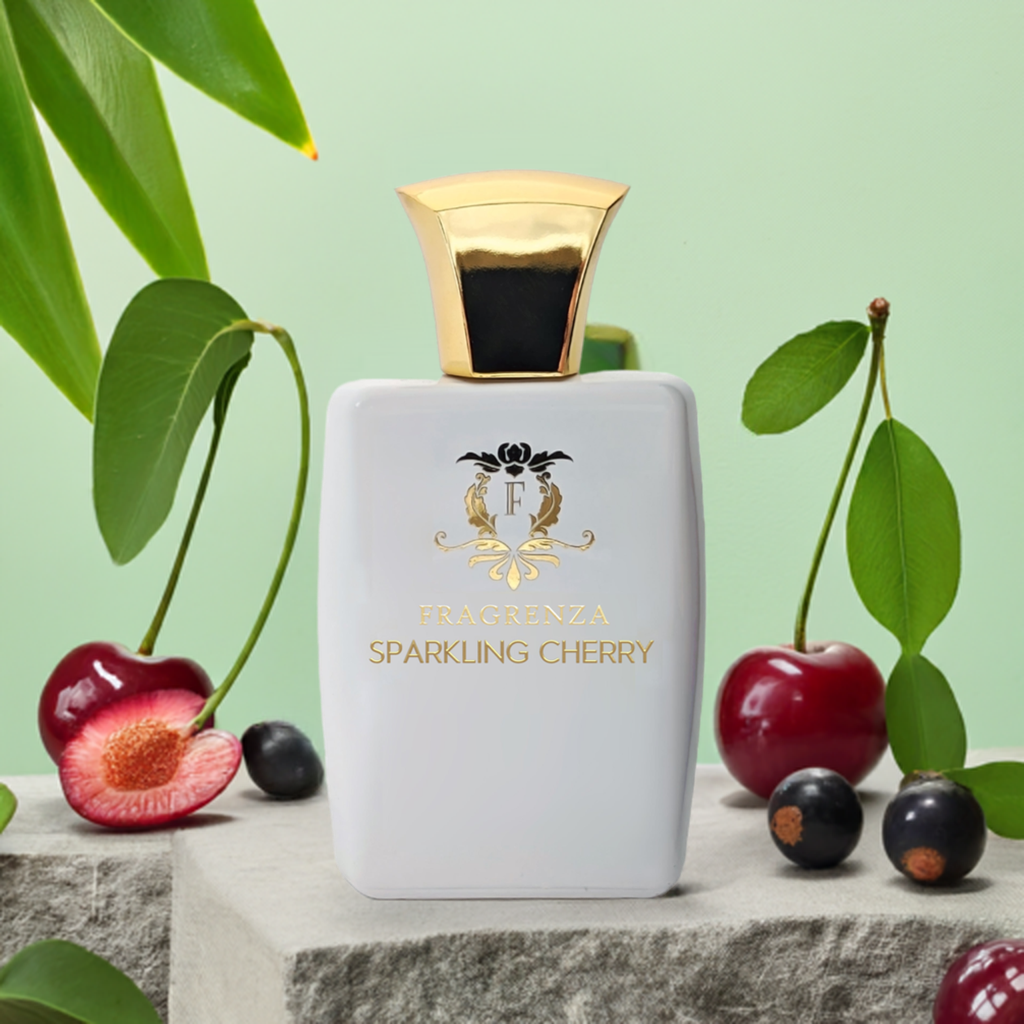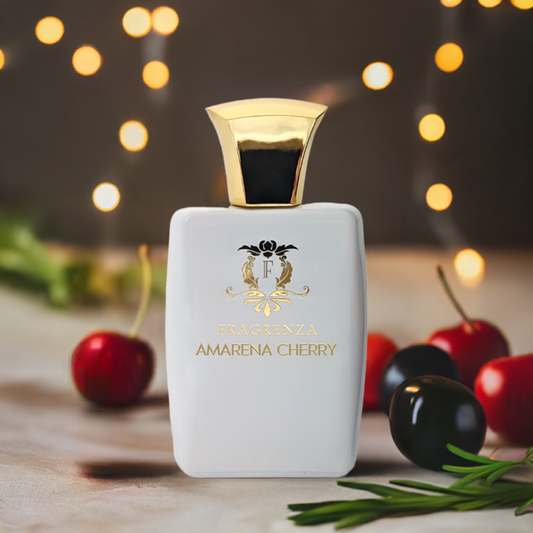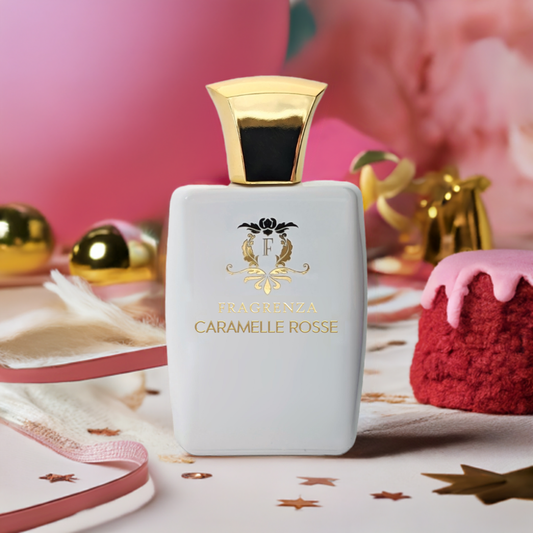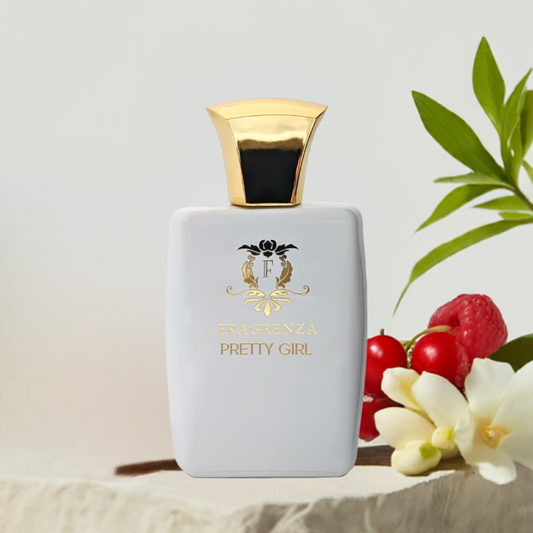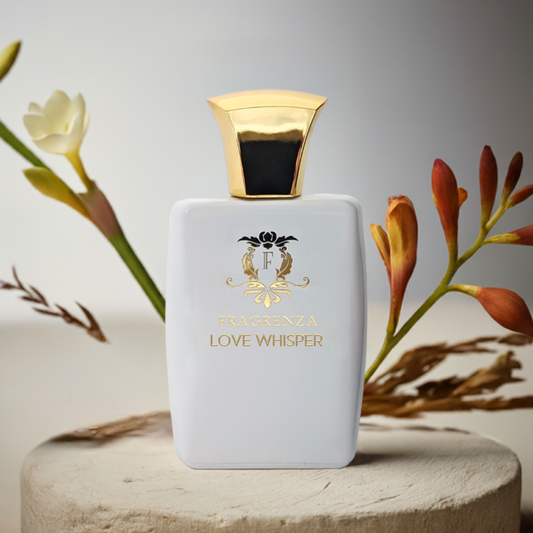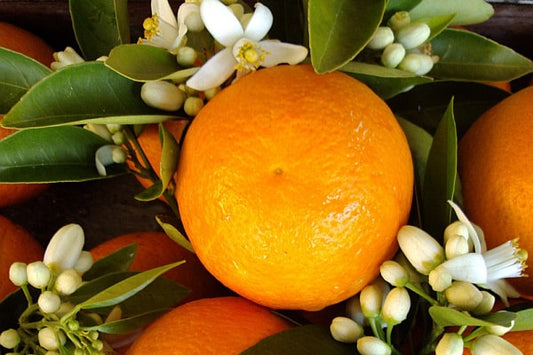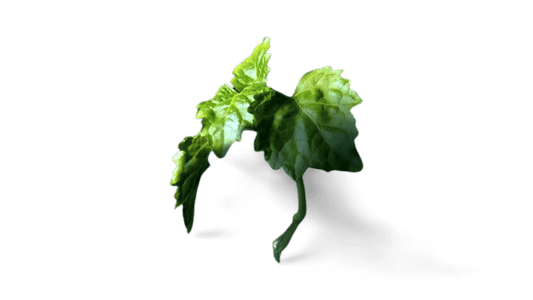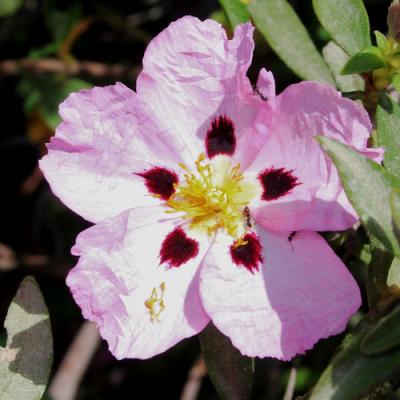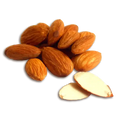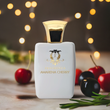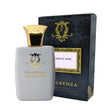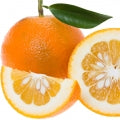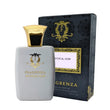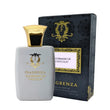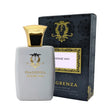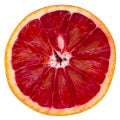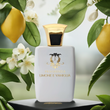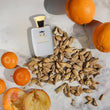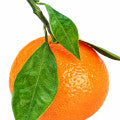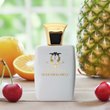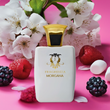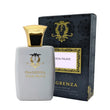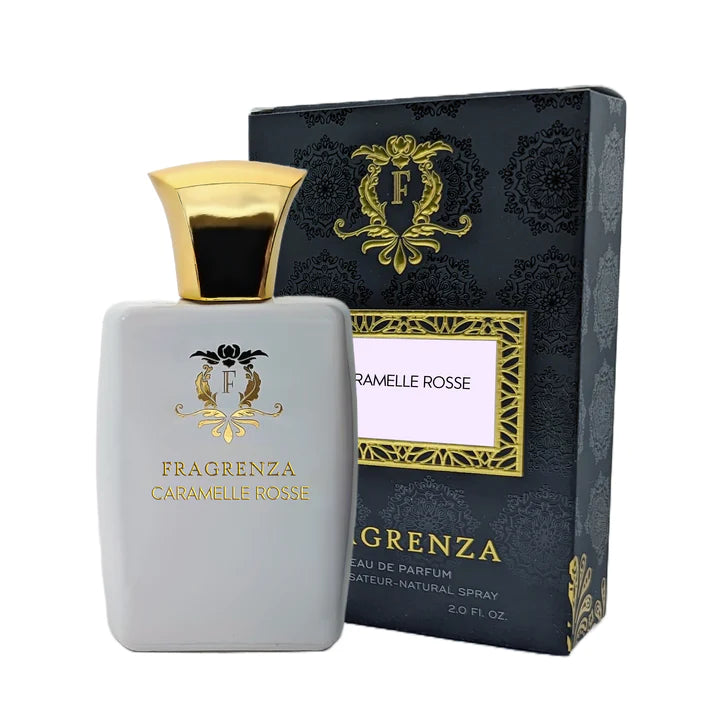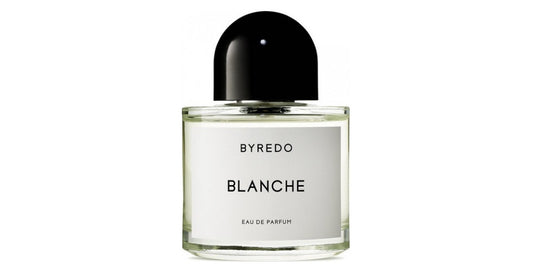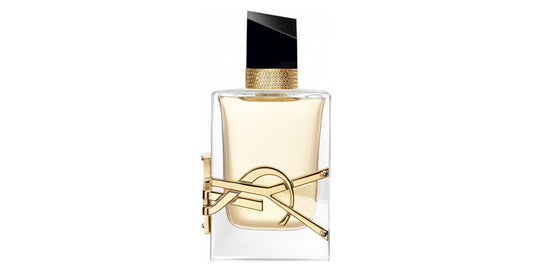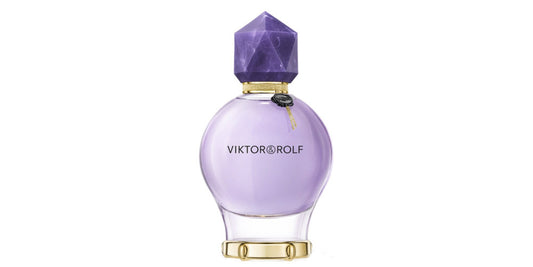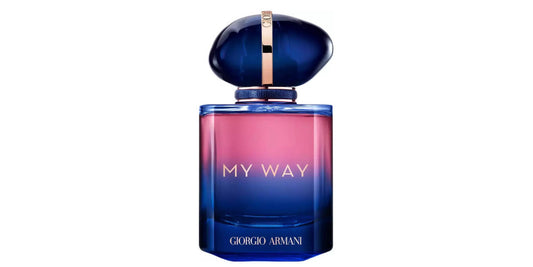What does bitter orange smell like?
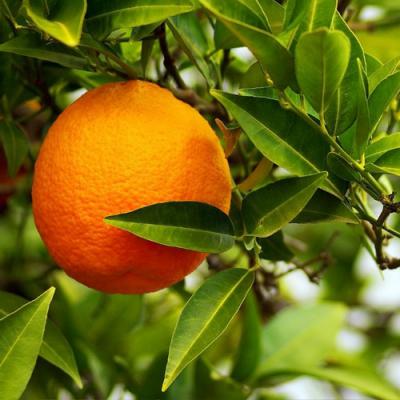
In This Article
The Bitter Orange: A Versatile Source of Precious Essences
Originating in India and China, the bitter orange, or wild orange, has flourished for centuries alongside its cousins, the sweet orange and lemon trees, on the gentle Mediterranean hills of Italy, Spain, and Morocco. In the summer, this delicate citrus tree's branches become laden with highly fragrant flowers, which later produce the small bigarade fruit often used in marmalades.
Perfumers were naturally drawn to the intoxicating and delicate scent of the wild orange tree. The bitter orange flowers can produce neroli essence or orange blossom absolute, while the leaves and branches, when steam distilled, yield petitgrain essential oil, Brouts water, or orange leaf essence. All these raw materials are widely employed in perfumery for their unique qualities.
Bigarade, Neroli, and Petitgrain in Perfumery
Bigarade zest and petitgrain essential oil both offer woody and hesperidic scents, while subtly highlighting the floral note of neroli. Consequently, bitter orange and its derived oils and essences are delightful components of citrus fragrances for both men and women.
Although hesperidic notes have long been associated with Eau de Cologne, perfumers have continuously sought to innovate by incorporating more original citrus fruits, aromatic herbs, or previously unknown woody raw materials. Bigarade, with its distinct tangy, delicately floral yet bitter and potent fragrance, refreshes and renews the citrus genre.
Perfumer Jean-Claude Ellena reinterpreted the classic Eau de Cologne with his Cologne Bigarade by adding bigarade for a touch of bitterness to a unisex scent ripe for rejuvenation. Other prominent names followed suit, creating musky hesperidic fragrances like Flower by Kenzo La Cologne or woody-spicy citrus scents like Eau des Merveilles by Hermès.
Men's fragrances featuring bigarade top notes often exhibit woody facets, as seen in D'Arsène Lupine Dandy by Guerlain or the remarkable Eau d'Icare by Sisley.
Bitter orange trees offer a multitude of benefits, providing fresh and potent citrus notes, magnificent neroli essence, and petitgrain essential oil. Each of these scents can be transformed according to the desired blend, as demonstrated by the fruity and gourmand oriental L by Lolita Lempicka or the citrus leather Je suis un Homme.
Fun Facts About Bitter Orange and its Essences
- Bitter orange trees were likely introduced to Europe by Arab traders in the 10th or 11th century, making them relatively recent additions to Mediterranean flora.
- Bitter orange fruits, inedible when raw due to their bitterness, can be used to make marmalades, syrups, and liqueurs like Curaçao, Triple Sec, and Grand Marnier.
- Neroli, derived from the bitter orange tree's flowers, was named after Anna Maria de la Tremoille, Princess of Nerola, an Italian aristocrat who popularized the use of neroli oil as a perfume and bathwater scent in the late 17th century.
- Traditionally used in Eau de Cologne, petitgrain essential oil is obtained from the bitter orange tree's leaves and twigs.
- Neroli oil is believed to have therapeutic properties, such as reducing stress and anxiety, improving mood, and promoting sleep.
- Apart from its use in perfumery, bitter orange extract is sometimes used as a weight-loss supplement due to its synephrine content, a compound similar to ephedrine. However, its safety and efficacy are still debated.
In summary, the bitter orange tree and its derived essences play a significant role in perfumery, offering a versatile range of scents that can be adapted to various fragrance compositions. From its introduction to Europe centuries ago to its continued presence in contemporary fragrances, the bitter orange tree remains an invaluable resource for perfumers and scent enthusiasts alike.
